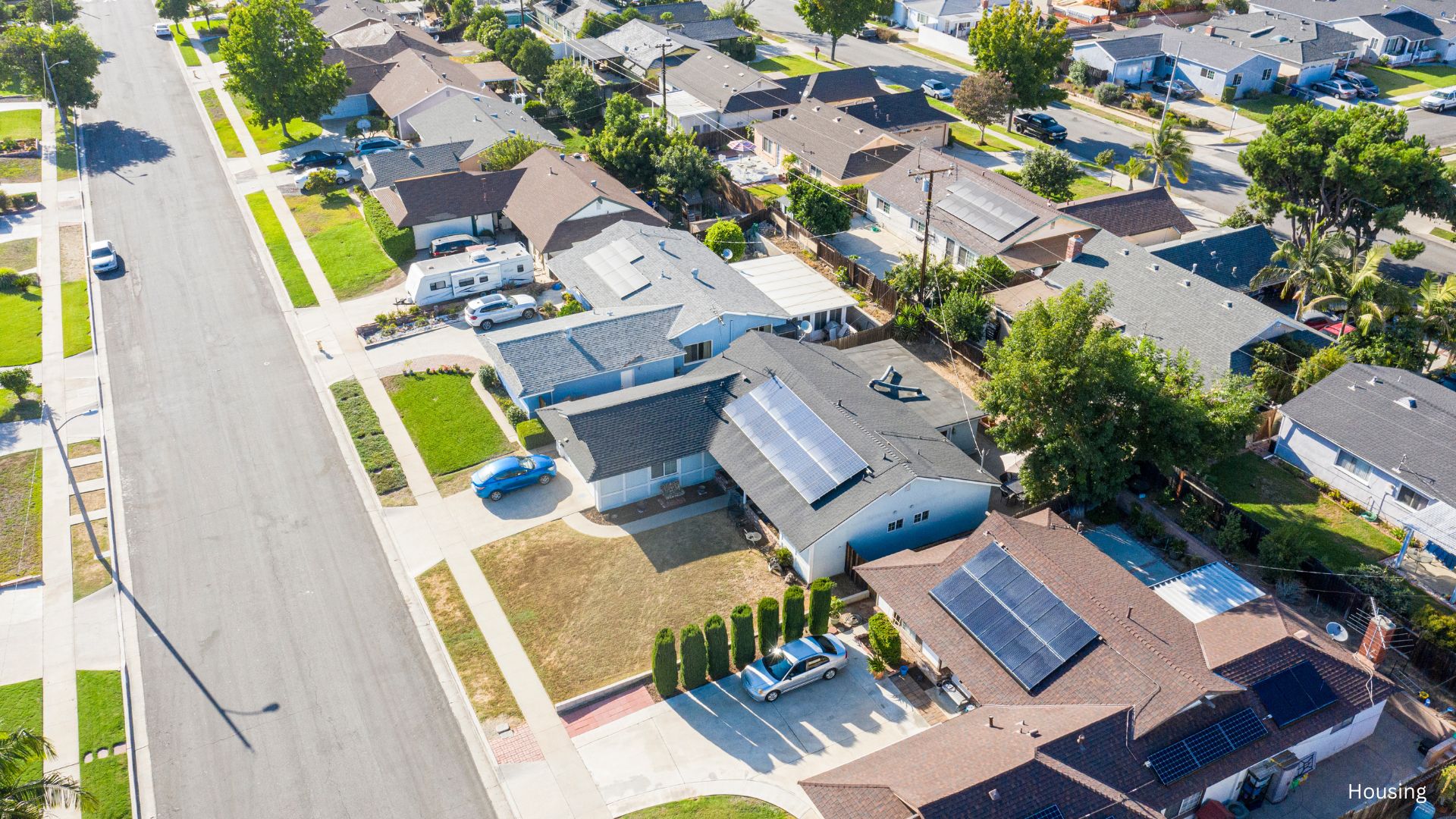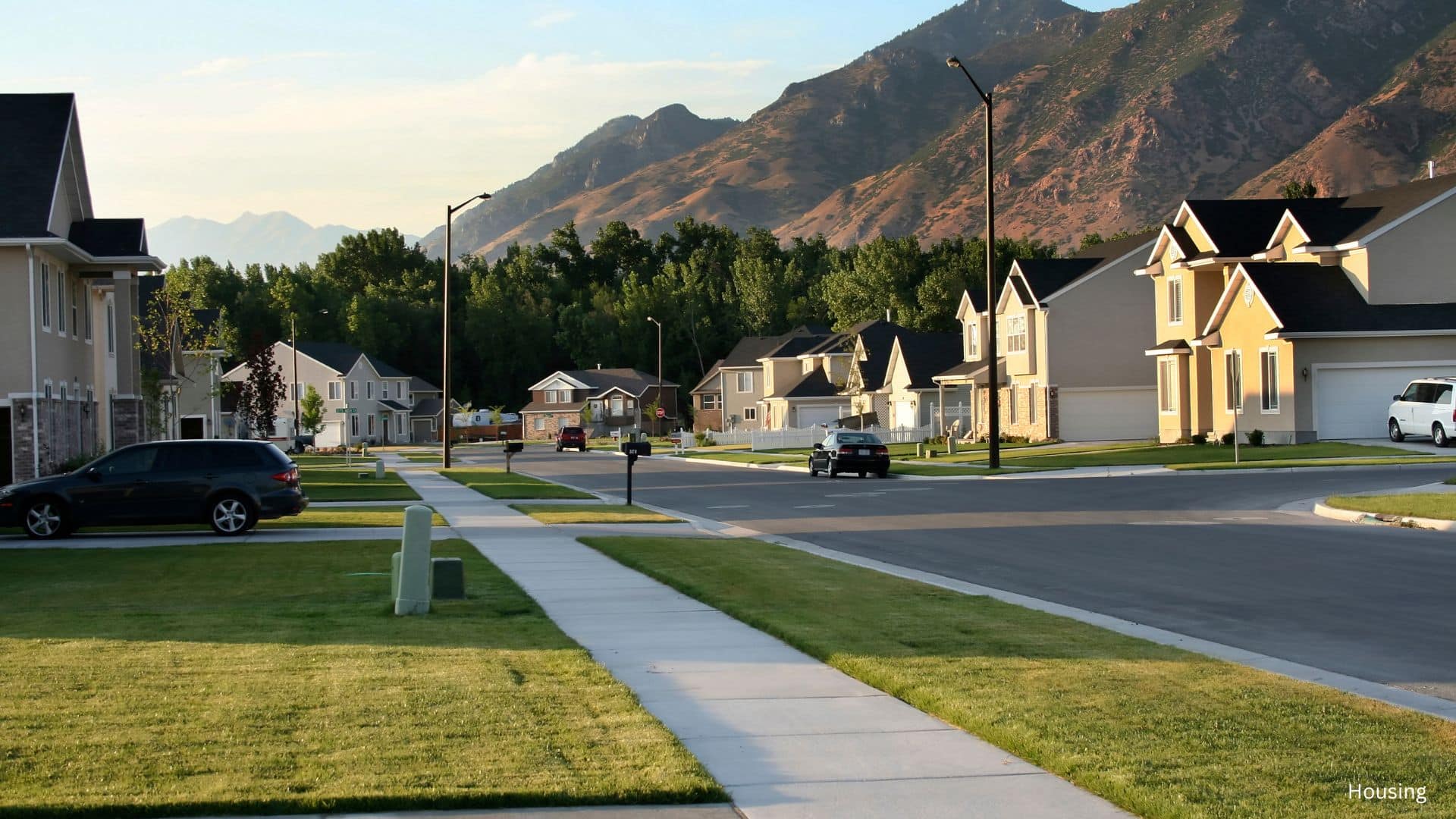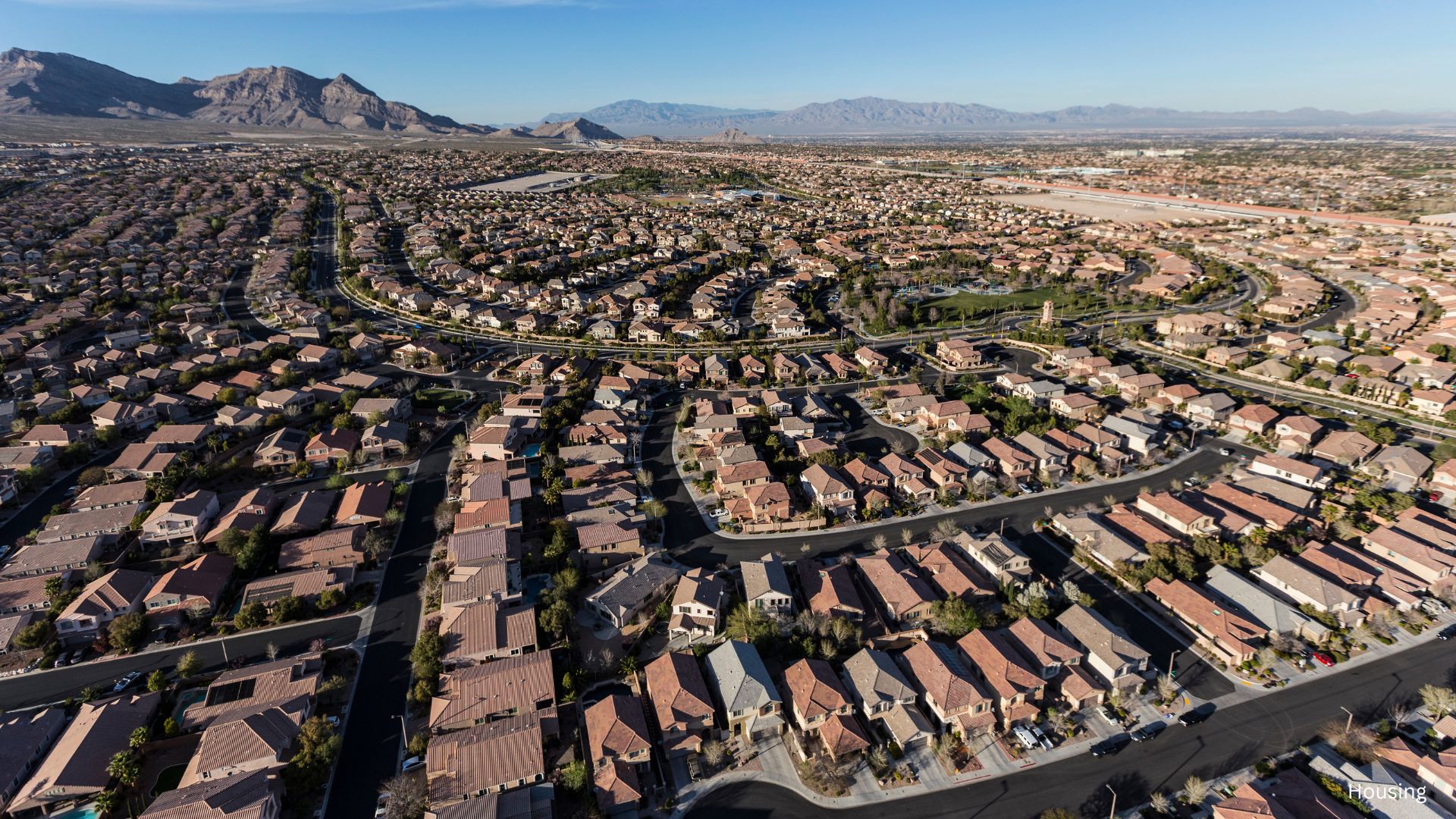The 2007 housing market was a turning point in U.S. economic history, and today, experts suggest we’re seeing trends that mirror that era. Recent reports, including one from Newsweek, indicate that the share of new homes purchased in 2024 has risen to 15%, with existing home purchases declining to 85%, similar to patterns observed in 2007. However, while there are similarities, experts caution against drawing direct comparisons to the conditions leading up to the Great Recession.

Are We Heading Toward Another Crisis?
In 2007, the housing market was driven by lax lending practices, which led to the subprime mortgage crisis. Today, mortgage approval processes are far stricter, requiring borrowers to meet rigorous standards. According to Alex Beene, a financial literacy instructor from the University of Tennessee at Martin, the current housing environment isn’t likely to spiral into a recession. He points out that while the 2007 housing market crash resulted from unsustainable lending, today’s pressures stem more from high interest rates and rising property prices.

New vs. Existing Home Sales: A Shift in the Market
As noted in Newsweek, builders have begun offering incentives such as lower interest rates and home upgrades to attract buyers to new builds, which is reflected in the uptick in new home sales. This is similar to the 2007 housing market, where new homes held a 15% share of purchases. However, current buyers are far more cautious, waiting for potential declines in both interest rates and home prices before committing.
Alan Chang, a title and escrow expert, highlights another unique challenge: existing homeowners are reluctant to sell, largely due to their historically low mortgage rates, which are much more affordable than the rates available to new buyers. This limited inventory of existing homes is propping up home prices, contributing to an affordability crisis that’s pricing out many would-be buyers, especially those purchasing for the first time.

The Affordability Crisis and Inventory Issues
The limited housing inventory in major markets across the U.S. is a central issue, sustaining high prices despite a slight year-over-year decline in median sale prices, which stand at $428,281 according to Redfin. This constrained supply is reducing affordability across the market. Chang stresses that until we see either an increase in available inventory or a significant drop in demand, prices will remain elevated.
This economic environment, while reflective of the 2007 housing market, is different in key ways. Today’s housing pressures are largely due to limited inventory and affordability issues, unlike 2007’s lending-driven crisis. Nonetheless, the similarities serve as a reminder of the fragility of the housing sector and the challenges potential buyers face.

2007 Housing Market Parallels and Precautions
The 2007 housing market offers a historical lens through which we can view today’s challenges, but there are fundamental differences in mortgage standards and financial stability. As Newsweek notes, today’s market is complex, shaped by factors such as high interest rates and a scarcity of existing homes, which may sustain high prices for the foreseeable future. While there are similarities, the consensus among experts is that today’s conditions are not likely to lead to another crisis.
Related posts:
 Mortgage Rate Drop This Fall 2024: What Homebuyers Need to Know
Mortgage Rate Drop This Fall 2024: What Homebuyers Need to Know
 Affordable Investment Properties: Top 10 Markets That Offer Great Returns
Affordable Investment Properties: Top 10 Markets That Offer Great Returns
 September Pending Home Sales See Biggest Increase Since 2023
September Pending Home Sales See Biggest Increase Since 2023
 Housing Market Vicious Cycle: An In-Depth Look at the Crisis Impacting American Homeownership
Housing Market Vicious Cycle: An In-Depth Look at the Crisis Impacting American Homeownership
 Florida Property Taxes: What’s Causing the Soaring Costs for Homeowners?
Florida Property Taxes: What’s Causing the Soaring Costs for Homeowners?



